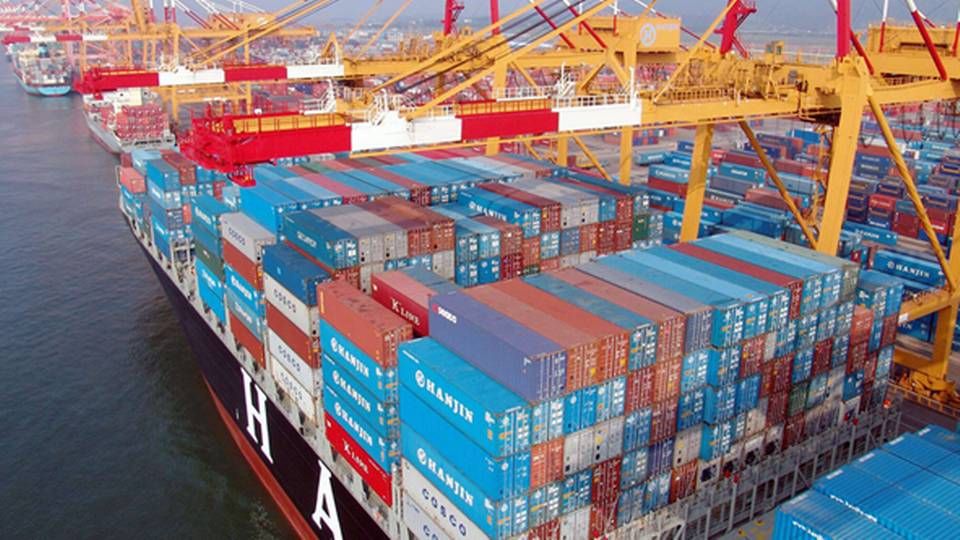SeaIntel: Rate increase far from effective on all routes

Container carriers aren't hesitating to announce new general rate increases (GRI). Just today, monday, French major player CMA CGM joined the wagon in an attempt to increase the rates on Asia-Europe by USD 500 per teu, starting August 1st. The general rate increase July 1st on Asia-Europe has been received positively by the industry so far, though with a minor decline last week.
In general, SeaIntel concludes that the July 1st GRI on Asia-Europe has been highly efficient, while carriers have yet to see results from their attempts at increasing the revenue on North-South routes.
"The July 1st GRIs have been almost completely unsuccessful in the trades from Asia to West Africa, Australia, Middle East, and (...) the traditionally very profitable Asia – East Coast South America trade," writes SeaIntel, concluding that overcapacity on the latter route means that carriers have been unable to sustaine any rate increases in the past ten months.
Drewry: General rate increases not a viable solution
And this in spite of 10-12 attempts at increasing the rates. According to SeaIntel, the failed attempts are caused by the market situations in the different parts of the world, with poor supply and demand balances, while the carriers are also having trouble living up to the announced rate increases.
Asia-Europe looking good
As mentioned above, things are looking different on the trade lane from Asia to Northern Europe, where no less than 17 carriers announced rate increases for July 1st, at between USD 700 to USD 1000 per teu. By the end of June, rates increase by USD 895 teu, which according tp SeaIntel represents the single biggest increase from one week to the next since the SCFI index was established back in March 2009.
In order to properly evaluate the effects of the GRI, SeaIntel has studied the rate increases using three different methods, all the based of the Shanghai Containerized Freight Index (SCFI).
Going forward, SeaIntel expects a minor decline in the rates ahead of the new GRI on August 1st, which the analysts predict will be 50 percent successful.
"Following the GRI, we expect the market to remain relatively stable over the (hopefully) coming peak season, and then we would expect rates to start coming down again in November, starting the next round of the ever increasing boom-and-bust cycles," writes SeaIntel.
Drewry: Asia-Europe rates increasing
Related articles
Drewry: Asia-Europe rates increasing
For subscribers
SeaIntel: Rate hike will last through the summer
For subscribers




















